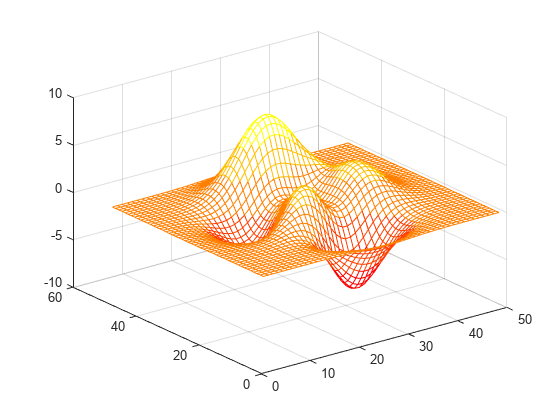colormap
Ver y establecer el mapa de colores actual
Sintaxis
Descripción
Establecer el mapa de colores
colormap establece el mapa de colores para la figura actual en el mapa de colores predefinido especificado. Por ejemplo, mapcolormap hot establece el mapa de colores en hot.
Si establece el mapa de colores para la figura, los ejes y las gráficas de la figura usan el mismo mapa de colores. El nuevo mapa de colores tiene la misma longitud (número de colores) que el mapa de colores actual. Cuando use esta sintaxis, no puede especificar una longitud personalizada para el mapa de colores. Para obtener más información sobre los mapas de colores, consulte la sección Más acerca de.
colormap( establece el mapa de colores especificado por map)map como mapa de colores para la figura actual.
cmap = colormap(___)cmap como argumento de salida con cualquiera de las sintaxis anteriores que utilizan paréntesis.
Ejemplos
Argumentos de entrada
Argumentos de salida
Más acerca de
Sugerencias
Para controlar los límites del mapa de colores y la relación de esos límites con el rango de sus datos, use la función
clim.Antes de R2022a: Utilice
caxis, que tiene la misma sintaxis y argumentos queclim.































